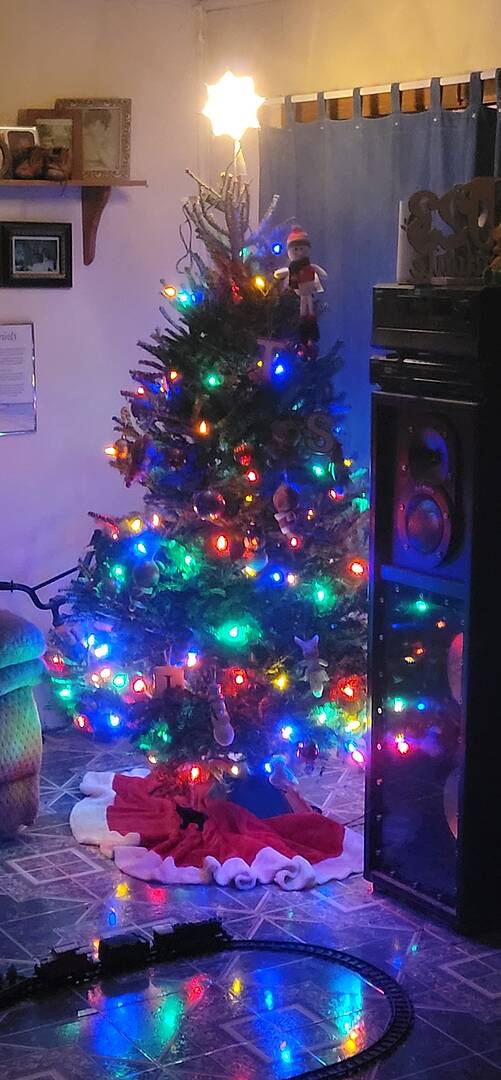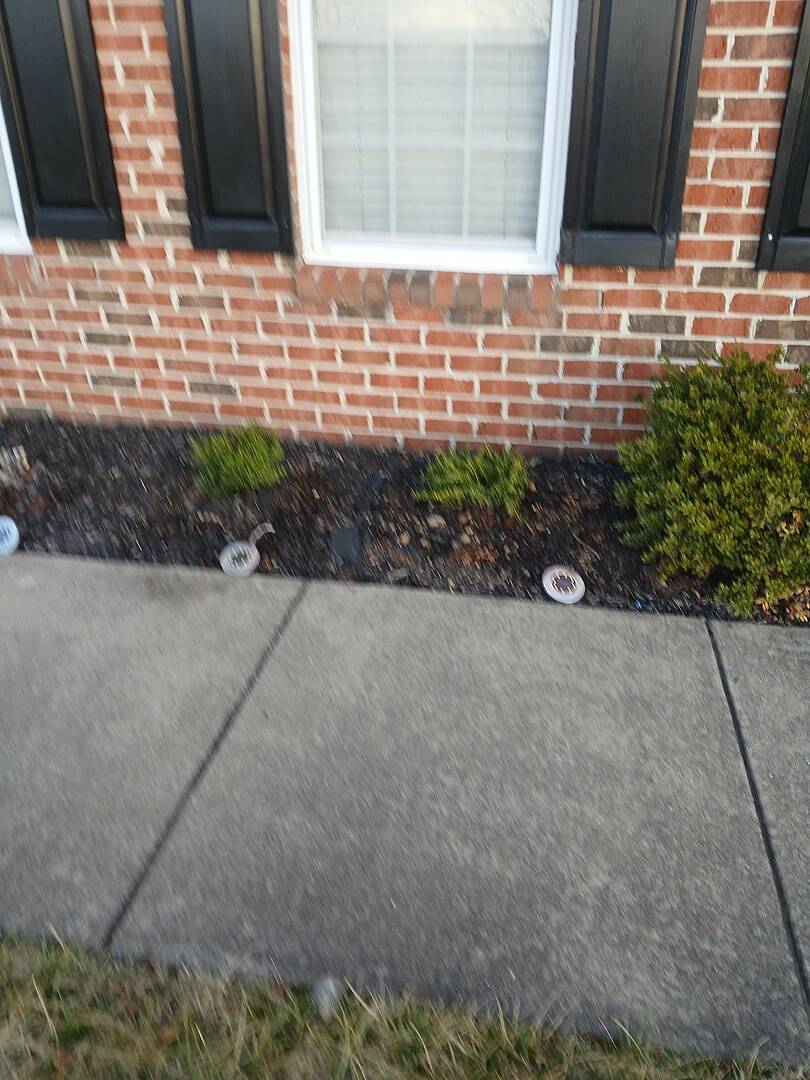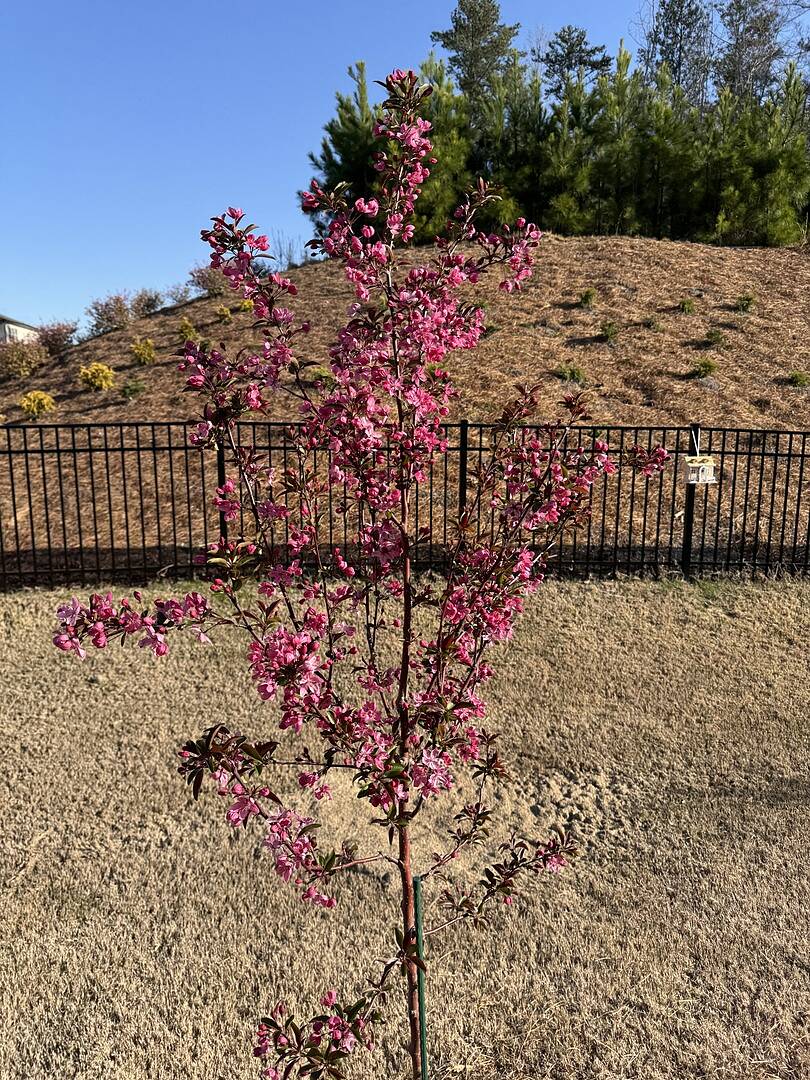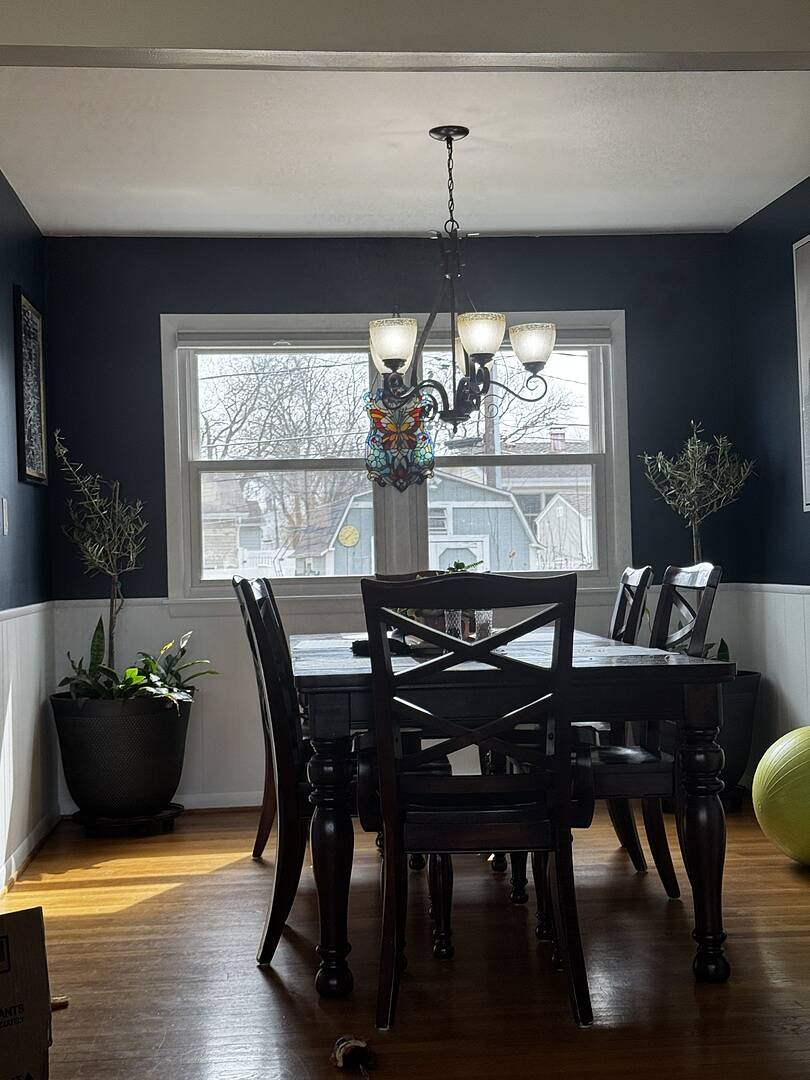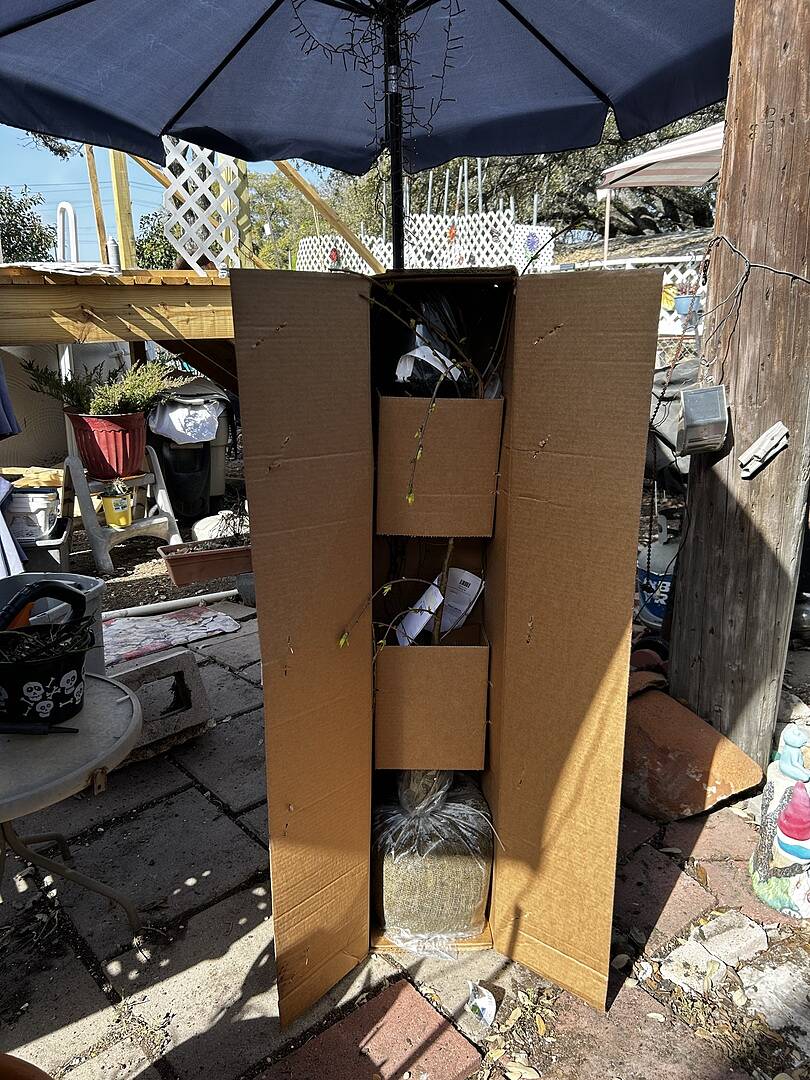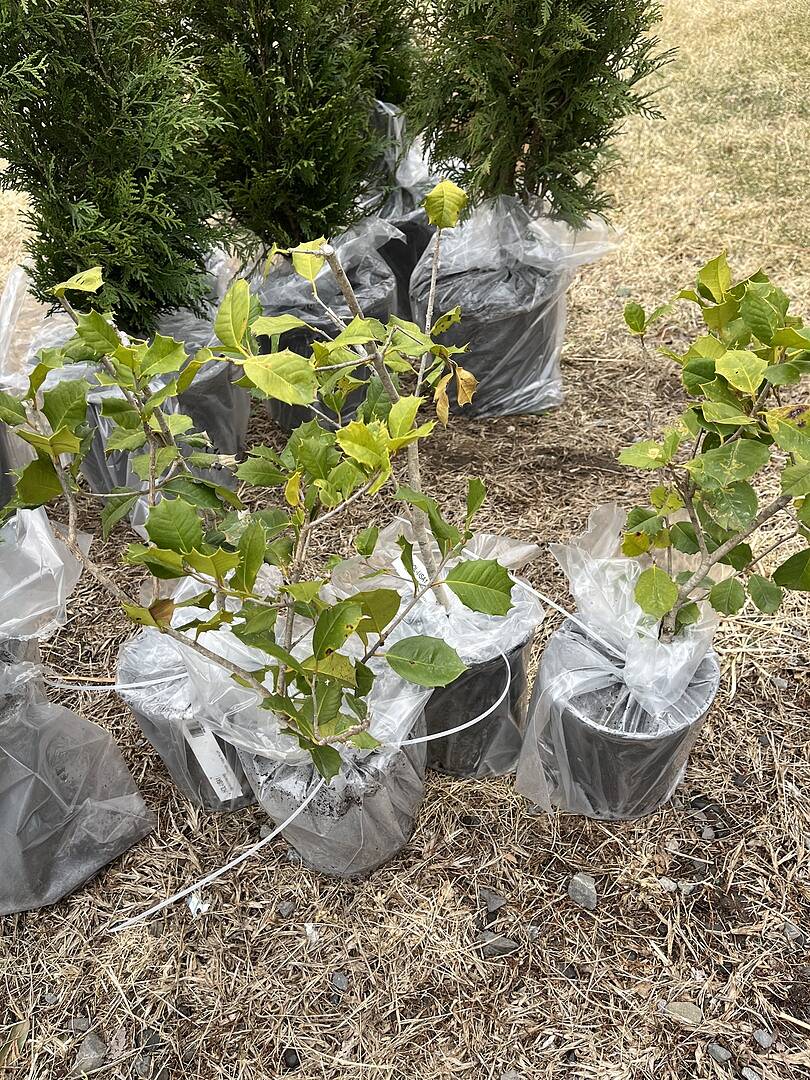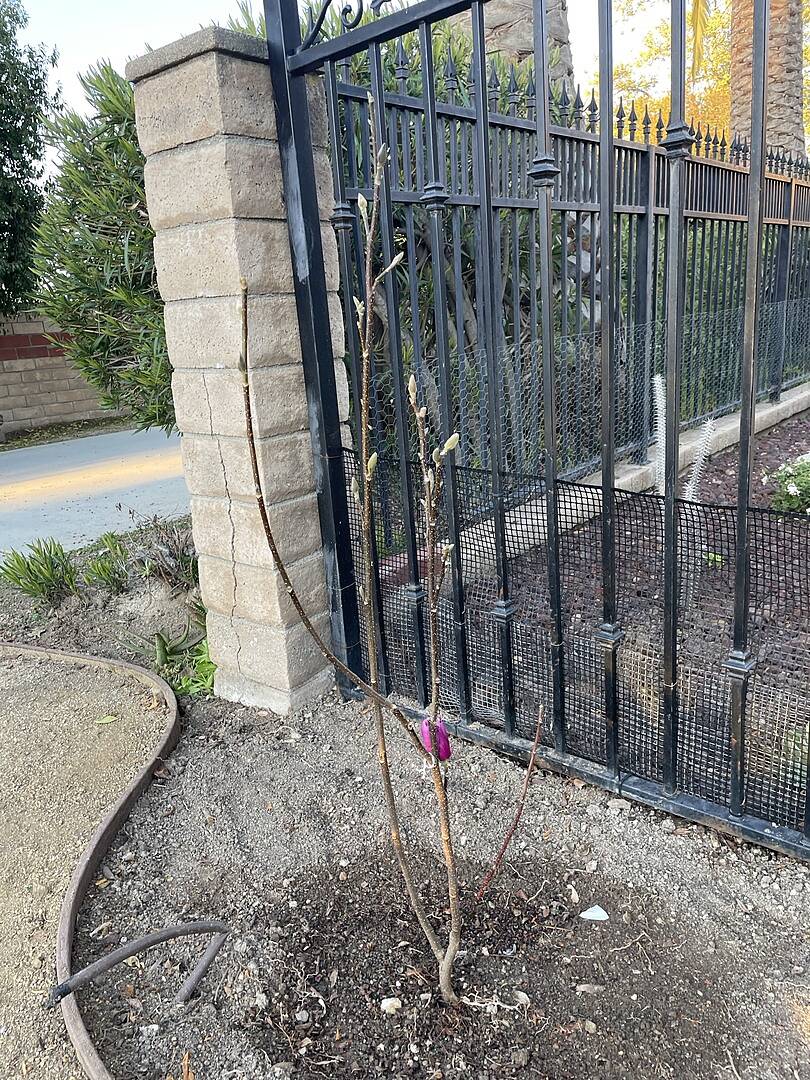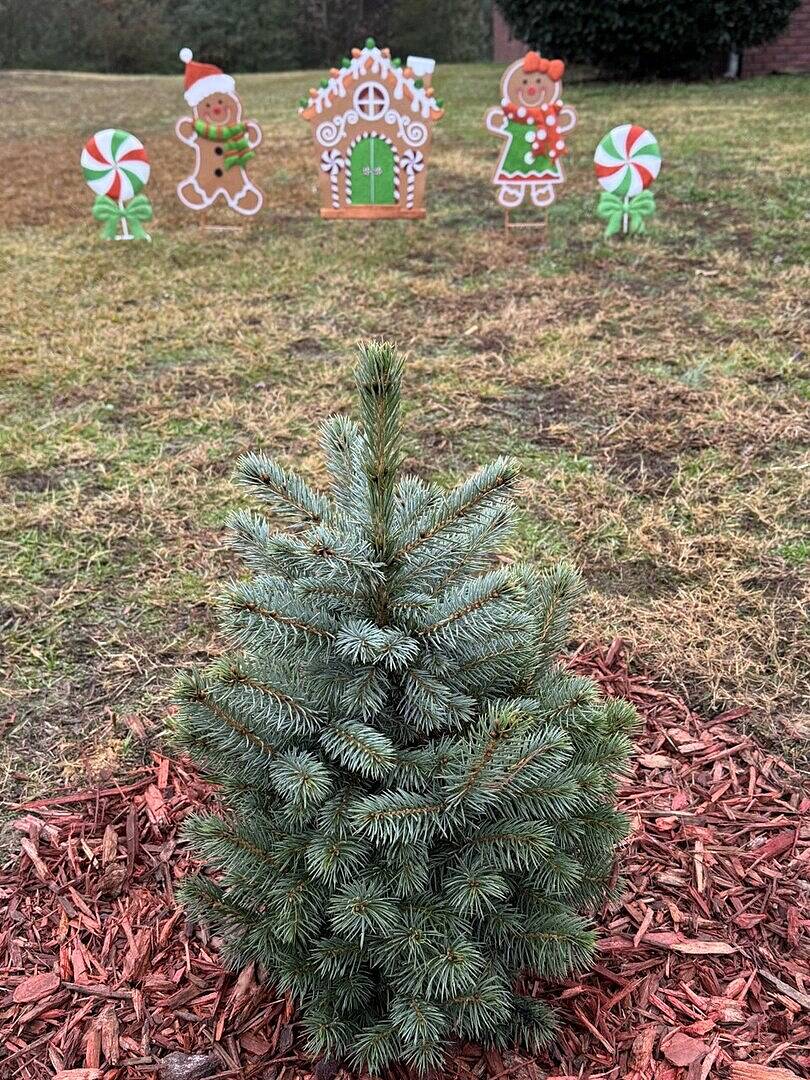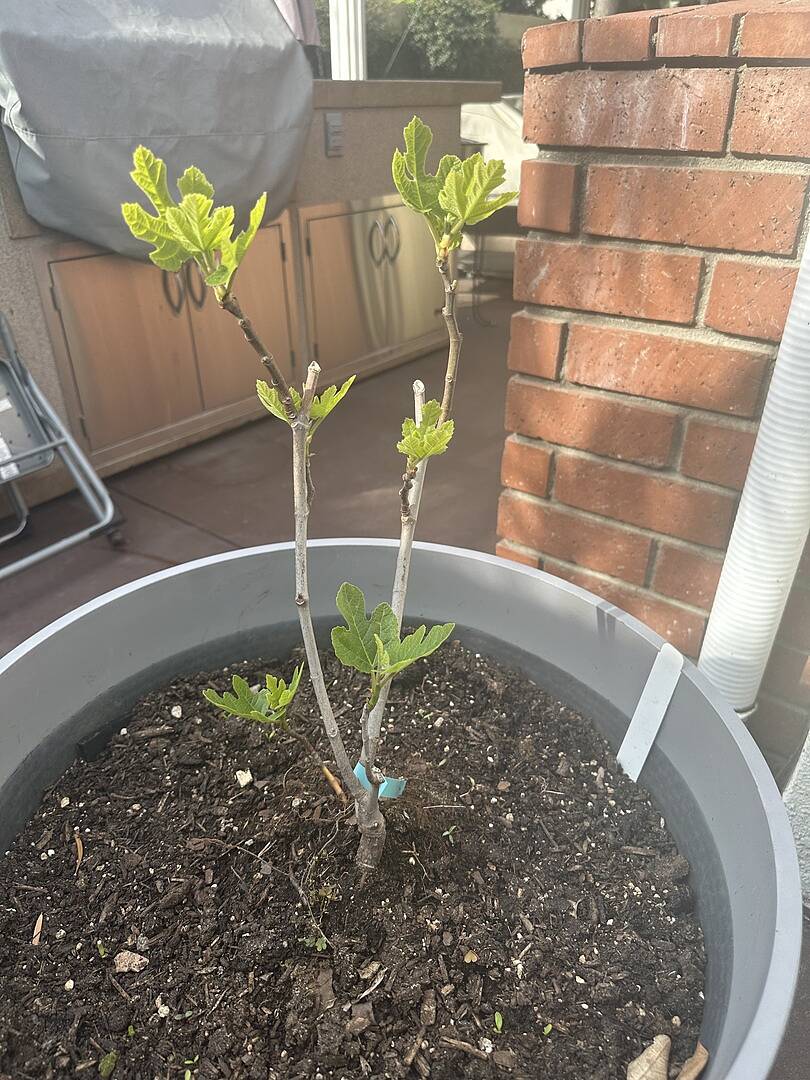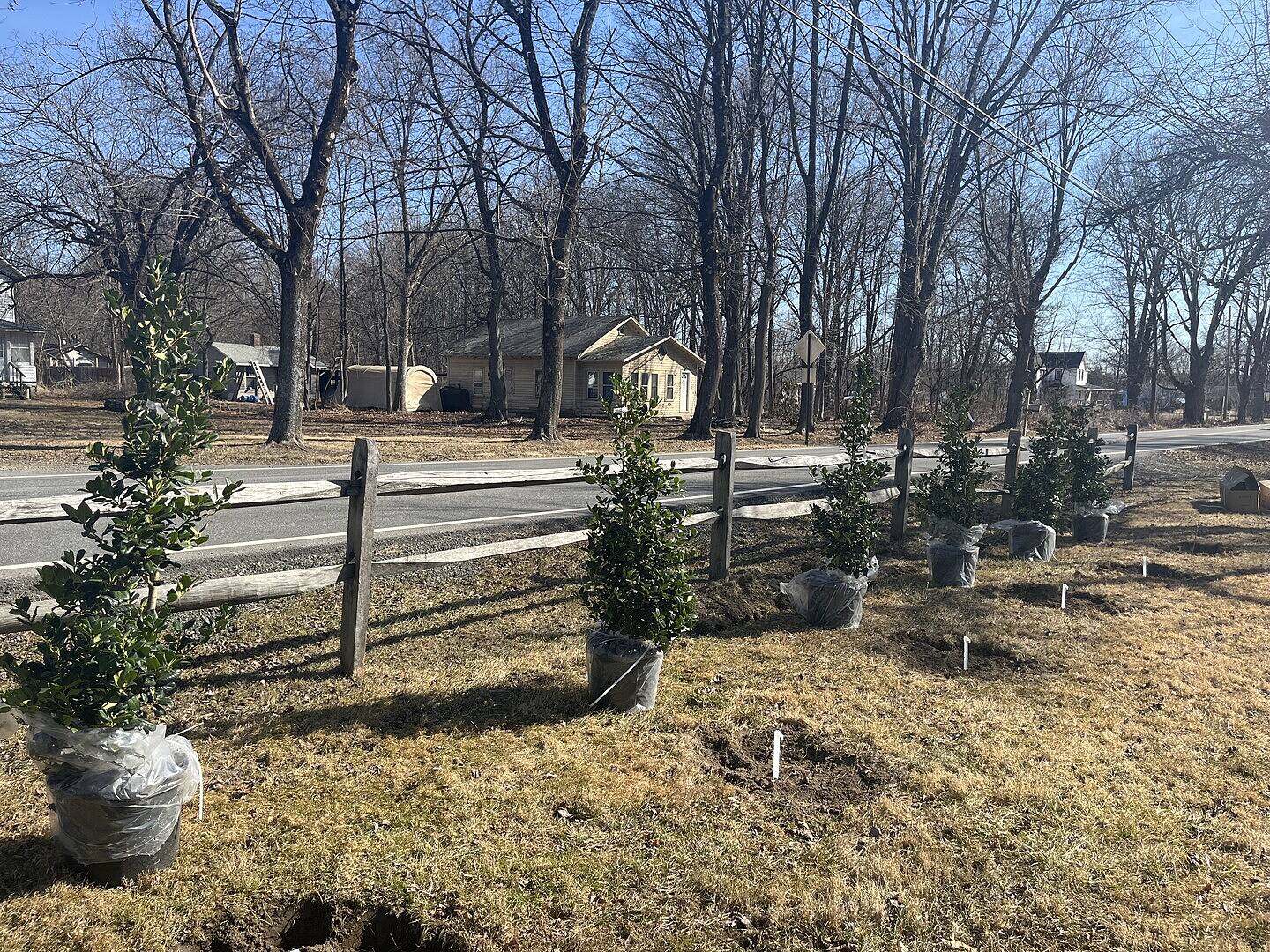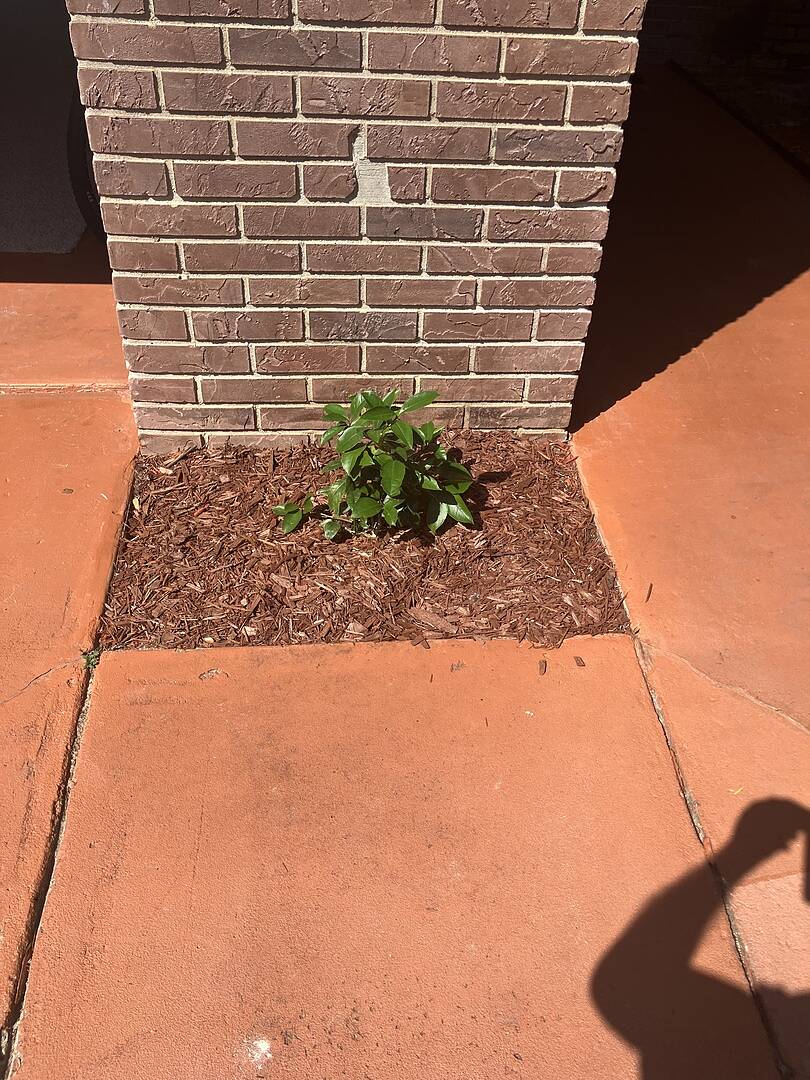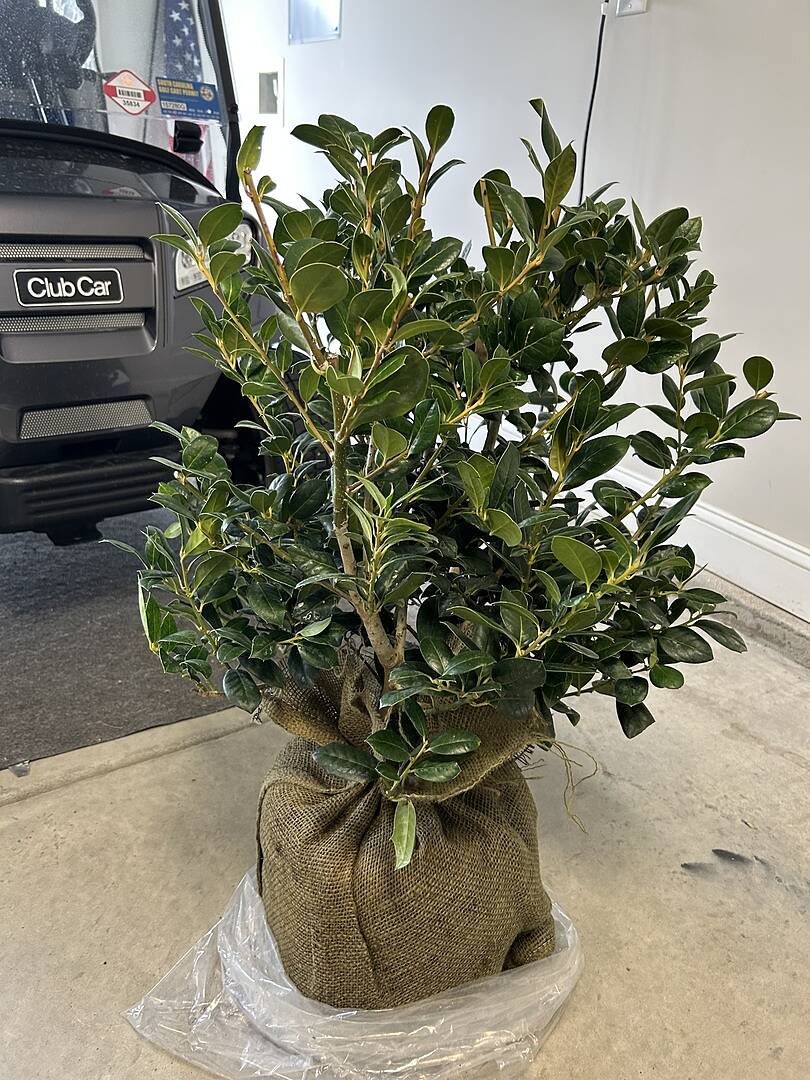Growing Zones Guide: Zones 9-11

Last updated: Jun 24 2022

If you’re located in Zones 9-11 and need some planting and care tips, check out our growing guide below so you can grow with confidence in your location!
Where are Zones 9-11?
The USDA Hardiness Zones 9-11 comprise the hottest and most tropical regions of the United States, including Hawaii.
Zone 9 includes central Florida, southern Louisiana and Texas and stretches up the west coast in a narrow band on the western coast of California.
Zone 10 encompasses south Florida, southeast California, the southernmost tip of Texas, and much of Hawaii.
Zone 11—the most tropical zone in the U.S.—includes the Florida Keys and most of Hawaii’s Big Island.
Zones 9-11 Climate Conditions
Unlike the other hardiness zones, 9-11 includes several different climates. These areas of the U.S. are warm in the summer and mild in the winter, with average minimum temperatures ranging from 20-30°F for Zone 9, 30-40°F for Zone 10, and above 40°F for Zone 11. In general, freezes in these areas are rare, and daytime temperatures are warm year-round. This makes these zones ideal for growing a wide variety of Florida flowering trees. However, these areas also range from hot and dry conditions to hot and humid, which affects landscaping and planting decisions.
Tropical plants that thrive in south Florida’s Zone 10, such as palm trees and lush, large-leafed landscape plants, would wither and die in the dry and drought-prone environments of southeastern California and western Arizona. Similarly, Florida flowering trees that flourish in humid conditions may not be well-suited to arid climates. Landscape design ranges from large palms and citrus trees in tropical, humid areas where vibrant flowering trees like the Royal Poinciana and Jacaranda thrive, to xeriscaping that needs no irrigation or constant watering in drier regions where drought-tolerant flowering trees are preferred.
What to Consider When Planting in Zones 9-11
Each USDA hardiness zone has 10 degrees of minimum average temperature difference. Zones 9-11 all have year-long growing seasons due to the warm winter temperatures. Soil conditions vary wildly, so here’s a quick guide to familiarize you with them and what kind of augmentation is needed for plants to thrive.

Southern Florida
The soil in south Florida contains high-pH limestone sand, muck, marl (clay and silt), and rock, which isn’t the ideal growing medium for most plants. To achieve the results you want—the lovely lush greenery and tropical flowers—augment this dense and wet soil with perlite, peat, and potting soil.
Southern Texas
South Texas soil consists of large quantities of alkaline clay and sand, and in some areas, it’s salty. Effective soil amendments include coffee grounds and composted cow manure.
Southern California
This soil is nearly all sticky, dense clay, which is difficult to break up and aerate whether it’s dry or wet. This type of soil must be amended, and additions generally include compost, sand, gypsum, and other organic material.
Hawaii
Hawaii’s soil produces superior agricultural products due to its loamy composition and high organic content. Due to their volcanic origin, they hold moisture but maintain a light and smooth texture that needs little to no augmentation.
Choosing Plants for Zones 9-11
A large variety of dramatic trees and plants thrive in Zones 9-11. The plants that don’t do well are the ones that require a cold period to rest and overwinter, like many bulbs, some fruit trees, root vegetables, and nut trees.
Shade Trees
Zones 9-11 feature sweltering summers. Shade trees are an essential part of landscape design since they allow more outdoor time for people and can help save on cooling bills. Each of these three zones supports different types of shade trees, so we’ll include suggestions for each climate:
Zones 9 and 10—North, Central, and South Florida
Regal Prince Oak Tree: Hardy to Zone 9, this beautiful oak grows upright and has glossy dark-green leaves that transition to brilliant yellow in the fall. The Regal Prince is disease-resistant and features the strength of an oak, making it an excellent choice for stormy climates. And its 40-50 foot mature height casts plenty of shade, so you can enjoy your outdoor space all summer.
Rainbow Eucalyptus Tree: This show-stopper of a tree grows to 80 feet tall in maturity at a rate of about three feet per year. The multi-colored trunk adds color and interest as it matures, sporting orange, red, pink, and pastel blue and green streaks, and the fresh eucalyptus scent stays fresh year-round in Zones 9-11.
Zones 9 and 10—Central and South Texas
Shademaster Honeylocust Tree (shown below): This thornless and adaptable tree thrives in climates from Zone 3 to Zone 9, regardless of soil type, air quality, and drought conditions. Its only requirement is 6-8 hours of full sun per day. The delicate, dazzling leaves soften the landscape and change to a showy gold in the fall, and the small leaf size makes for zero fall cleanup as an added bonus!

Prairie Expedition® Elm Tree: These classic shade trees grow almost as wide as they do tall, casting shade over a large area with their spring-green leaves that change to gold in the fall. This elm is resistant to Dutch Elm Disease, tolerant of most soil types, and can live up to 100 years! If you’re looking for a shade tree to fill a large space, the Prairie Expedition® Elm makes a perfect choice.
Zones 10 and 11—Florida Keys, South Texas, Southern California, and Hawaii
These three areas may be in the same growing zone, but each of their climates and soil conditions is so different from the others that a broad category is impossible. Additionally, most growers in the contiguous U.S. cannot cultivate plants and trees for these climates simply because conditions don’t allow it. Instead, here’s a short list of some endemic species that do well in those areas.
Florida Keys:
- Mahogany
- Ficus-several varieties, including the native ficus aurea
- Gumbo Limbo
Southern Texas:
- Anaqua
- Texas Wild Olive
- Rio Grande Ash
Southern California- North Algodones Dunes Wilderness Area
- Mesquite
- Desert Willow
- Ironwood
Hawaii
- Hawaiian Kou
- Monkeypod
- Japanese Fern Tree
Evergreens
Again, conditions vary between the regions of Zones 9-10 and Zone 11. However, people in these zones don’t hesitate to plant evergreens to add color, privacy, and scent to their property.
Zones 9 and 10—North, Central, and South Florida
Leyland Cypress Tree: Fast-growing and economical, the popular Leyland Cypress makes an impressive hedge or privacy screen with its cone-shaped growth and soft foliage. It grows 3-5 feet annually, making it ideal when you want a large border, quickly.
Italian Cypress Tree (shown below): These gorgeous trees grow tall and straight with just a five-foot mature width, adding a regal look to your entrance or driveway. They’re ideal for softening building corners, hiding gutters, and generally looking upscale and architectural. They’re also drought tolerant and enjoy full sun.

Fragrant Tea Olive Tree: This lovely tree produces tiny blooms twice a year that fill your yard with the sweet scent of tea and apricots. Maintenance-free and disease-resistant, these trees grow slowly and make a perfect hedge or screen, and can fill a corner easily. Give it a sunny spot and watch it thrive!
Zones 9 and 10—Central and South Texas
Monkey Puzzle Tree: If you’re a fan of unusual foliage and architectural shapes, this evergreen has all that and more. Growing 60-70 feet tall and displaying gracefully, upward-curving branches, this conifer will be the talk of the neighborhood and a source of enjoyment for you for years.
Neem Tree: This evergreen works for you in your landscape by repelling pest insects like aphids and mosquitos. It doesn’t affect pollinators, so no worries there. Its leaves can be used like cedar to repel bugs indoors as well. The Neem Tree blooms in the spring with fragrant, white blossoms and is drought-tolerant and heat-resistant.
Green Rocket Leyland Cypress Tree (shown below): This tree features dark green-black foliage and a cone-shaped foliage growth pattern that adds interest and beauty to your landscape. Plant individually or in a row for a privacy screen and enjoy the shade it provides as it matures. This fastest-growing tree can reach 25 feet at mature height and is drought and disease-tolerant.

Zones 10 and 11—Florida Keys, South Texas, Southern California, and Hawaii
Florida Keys:
- Buttonwood
- Pigeon Plum
- Satinleaf
Southern Texas:
- Texas Sage (Cenizo)
- Texas Mountain Laurel
- Prickly Pear
Southern California- North Algodones Dunes Wilderness Area
- Agave
- Arborvitae
- Japanese Boxwood
Hawaii
- Cook Pine
- Slash Pine
- Mexican Cypress
Fruit Trees and Plants
Zones 9-11 are where the majority of beautiful citrus fruit trees thrive and supply much of the country with abundant varieties of oranges, grapefruit, lemons, and limes. Florida, California, and Hawaii produce tropical fruit, including mangoes, dates, bananas, pineapples, and coconuts.
Chill Hours
Some fruit trees require what’s known as “chill hours.” These don’t include hanging out on the sofa and watching movies! These are the number of hours the tree spends in temperatures from 32 to 45 degrees. The number of chill hours determines how well the plant will do in each climate, from very hardy apples that grow in northern climates like Zones 3-6, to citrus trees that require no chill hours in Zones 9-11. Below are some suggestions for fruit trees that thrive in Florida, Texas, California, and Hawaii.
Zones 9 and 10—North, Central, and South Florida
Navel Orange Tree: This classic seedless orange tree produces sweet and juicy fruit that works well in cooking, juicing, and eating. It grows to around 8 feet tall and 8-12 feet wide and produces fruit that will store for months. It prefers full to partial sun and doesn’t require much maintenance. Other oranges that do well in Florida are Blood Oranges, Valencia Oranges, and Cara Cara Oranges.
Persian ‘Bearss’ Lime Tree: This type of lime tree is one of the most popular, and for good reason! A savory blend of Key Lime and lemon flavors but without the seeds, bitterness or acidity, this lime delights, season after season. It enjoys full sun and warm temperatures, making it ideal for Floridian conditions. Other limes and lemons to try would be the Key Lime, Meyer Lemon, Pink Variegated Eureka Lemon (shown below), and Ponderosa Lemon.

Glenn Mango Tree: Mangoes are a delicious and versatile fruit, and the Glenn Mango is a terrific producer. It looks great in the yard and gives off a fresh fragrance that enhances any space. Growing in full sun, this tree self-pollinates and produces fruit in the first year. Gorgeous coloring, firm texture and exceptional taste are what you can expect from this impressive mango. Plus, it’s not as fibrous as other mangoes, making it more enjoyable to eat.
Zones 9 and 10—Central and South Texas, including the Rio Grande Valley
Citrus trees do well in central and south Texas, in addition to Florida. Some species of fruit that require less than 350 chill hours can also grow here. You can do some research and find the following:
Peach Trees: Any peach that requires under 350 chill hours can grow in Texas. Some varieties include Florida King, Tropic Snow, Rio Grande, and Red Baron (shown below). Most peach varieties grow to about 20 feet tall and sport gorgeous spring blossoms followed by delicious fruit. The Red Baron, for example, features double red blooms and can tolerate harsh climate conditions.

Fig Trees: In addition to beautifully-shaped, large foliage, figs are a healthy and delicious fruit. Fig varieties that do well in Texas are Texas Everbearing, Brown Turkey, and LSU Purple. Figs generally grow to about 10 feet tall and can take 2-5 years to set fruit, but they’re well worth the wait!
Pomegranate Trees: Pomegranates have grown in popularity, and their health benefits and flavorsome juice add texture and zest to recipes. Pomegranates thrive in hot, dry climates and are drought-tolerant and prolific fruit bearers. Some varieties that do well in Texas include the Wonderful Pomegranate and the Texas Pink Pomegranate.
Zones 10 and 11—Florida Keys, South Texas, Southern California, and Hawaii
Florida Keys:
Southern Texas:
- Persimmon
- Pawpaw
- Southern Crabapple
Southern California- North Algodones Dunes Wilderness Area
Hawaii
- Kumquat
- Mysore Raspberry
- Cape Gooseberry
Planting in Zones 9-11
Simply buying trees and shrubs that work well in your zone isn’t enough to ensure their survival or your success as a gardener. As you’ve seen, the climate in Zones 9-11 is vastly different for each part of the country: Florida is hot and humid, Texas and areas of southern California are hot and dry, and Hawaii is a tropical climate, unlike the others in the same zone.
Soil conditions are also vastly different for each of these areas, ranging from ashy to hard clay. It’s important to note what your tree will need to do well and give it what it wants, whether it be a ton of sun, water, food, or soil augmentation.

Final Considerations
You want your investment to pay off and to reap the rewards of your plants, whether it’s shade, beauty, privacy, or homegrown fruit harvests you’re after, so do your best to ensure that you buy suitable trees for your climate. Observe your property for sun, shade, moisture, soil type, and aesthetics. Then, set a goal for what you’re trying to accomplish and use the vast number of resources available to you to make them happen. Finally, be patient for your plants to develop, and then enjoy the results!
Other Helpful Resources:
- Growing Zones Guide: Zone 4
- Growing Zones Guide: Zone 5
- Growing Zones Guide: Zone 6
- Growing Zones Guide: Zone 7
- Growing Zones Guide: Zone 8

Written by
Sarah Logie
As Content Strategist at FastGrowingTrees.com, Sarah is smitten with words and a fanatic for flowers, particularly cut florals and house plants. With a love for curating compelling content, she also enjoys furthering her plant knowledge along the way! A few of her favorite flowers include hibiscus, hydrangeas, peonies and dahlias.
Sarah’s fondness for plants was cultivated through many childhood trips to Longwood Gardens in southeastern Pennsylvania, as well as through her first job out of college at a floral event design company. In her free time, catch her snapping photos of anything and everything, day-dreaming about interior decor, and enjoying the outdoors any chance she gets.
Featured Product

Regal Prince Oak Tree
9 reviewsStarting at $124.95














